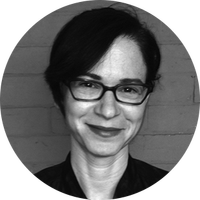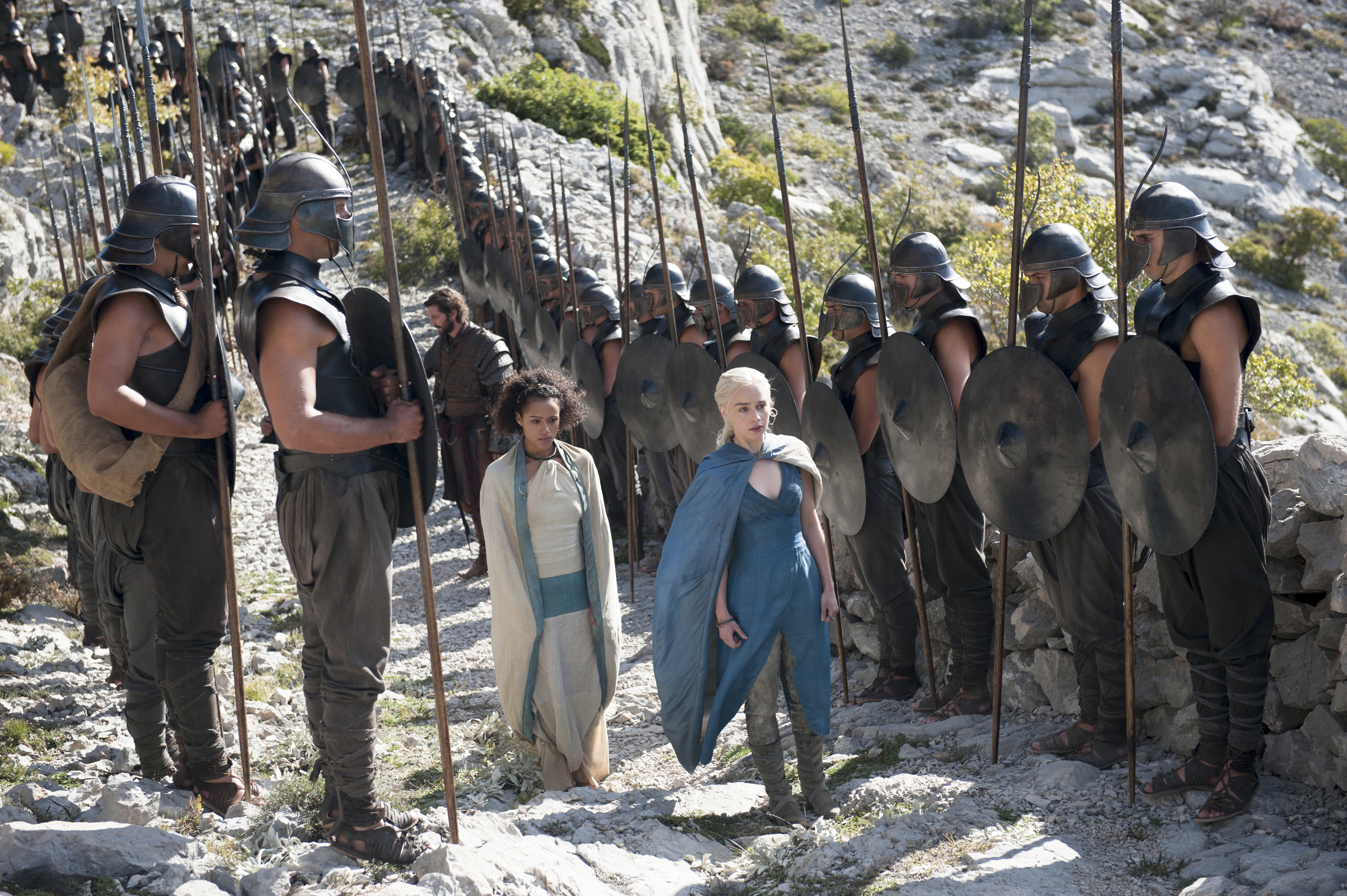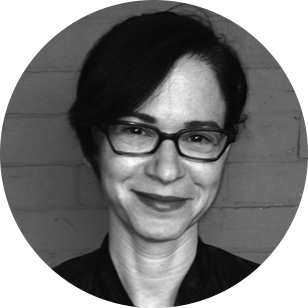Game of Thrones: 8 fun facts about the Valyrian language
It has four genders


In the first two seasons of Game of Thrones, we heard the language of the horse-riding warrior Dothraki people (and here are seven fun facts about that language). The next two seasons introduced Valyrian, a group of languages worked out to a much greater degree than is evident on the show by language creator David Peterson. Here are eight fun facts about Valyrian for you to ponder as the new season gets underway.
1. It's a family of languages, like Latin and its descendants
Old Valyria was an ancient empire (sort of like Rome) that no longer exists in the setting of the show, but its language, High Valyrian (sort of like Latin) is still spoken as a learned language by a select elite (sort of like Latin). It developed over time into Low Valyrian dialects (sort of like the Romance languages) spoken in various regions. Peterson has worked out realistic developments in Low Valyrian as compared to High, such as loss of long vowels and diphthongs, reduction in the number of grammatical cases, and a more fixed word order.
The Week
Escape your echo chamber. Get the facts behind the news, plus analysis from multiple perspectives.

Sign up for The Week's Free Newsletters
From our morning news briefing to a weekly Good News Newsletter, get the best of The Week delivered directly to your inbox.
From our morning news briefing to a weekly Good News Newsletter, get the best of The Week delivered directly to your inbox.
2. It has four genders
Grammatical genders, that is. Many languages categorize nouns as either masculine or feminine, but these are not biologically based categories, just linguistic ones. High Valyrian categorizes nouns as lunar, solar, terrestrial, or aquatic. Nouns for humans are usually lunar, occupations and body parts are typically solar, food and plants are most commonly terrestrial, and liquids are aquatic. The gender will determine how other aspects of the language are handled. The word for he/she/it, for example, can be different depending on which gender its referent belongs to.
3. Daenerys Targaryen strategically mixes High and Low Valyrian
As heir to the House of Targaryen, Daenerys is educated in High Valyrian, but as she goes around conquering cities where Low Valyrian dialects are spoken, she shows she knows about them too. When in Season 3 she says, zaldrīzes buzdari iksos daor ("a dragon is not a slave") before commanding the dragon to torch the city, she uses the Low Valyrian word for "slave,"buzdari, so that the cruel slave-master Kraznys will know she has understood all the insults he was directing toward her when he thought she couldn’t understand.
A free daily email with the biggest news stories of the day – and the best features from TheWeek.com
4. The first Valyrian word to be made public was for 'thank you'
Peterson was working on the Valyrian languages in 2012 before any dialogue in the languages had appeared in the show, and though fans were eager to get a glimpse of his work, it had to be kept secret to avoid spoilers. On Christmas, however, in a note to his blog (and Dothraki chat) followers, noting that Dothraki inconveniently has no word for "thank you," he decided to thank the community with a taste of the new language, and the Valyrian term kirimvose.
5. Peterson has honored both his cat and his 3000th Twitter follower by naming words for them
The word for "cat" in High Valyrian is keli, the name of Peterson’s cat. The word for "son" is trēsy, so called in honor of his 3000th Twitter follower, @Tracee2ez.
6. Fans write poetry in it
A dedicated community of Game of Thrones language fans study the grammar and vocabulary and help the language expand and grow by creating new works in it. The winner of the High Valyrian Haiku Competition, who goes by "Papaya," created this elegant example:
GēlenkonEmbār glaesonDōnon ynot.
Or, in English:
Like silverA life in the seaWould be sweet for me.
7. If you only depend on translations you'll miss a Monty Python joke
Peterson reveals in an interview that when in season 4 Daenerys arrives in Meereen and a champion is sent out to challenge her, Missandei’s translation does not capture what he really says, which is a Valyrian version of the French taunter’s lines from Monty Python and the Holy Grail: "Byjan vavi demble eva o, trezy eme verdje espo jimi! Oa mysa iles me nýnyghi, si oa kiba tuziles espo tomistos!" translates to "I fart in your general direction, son of a window-dresser! Your mother was a hamster, and your father smelt of elderberries!"
8. It appears in a 'To boldly go where no man has gone before' tattoo
When a fan of the show asked Peterson for a translation of the Star Trek phrase for a tattoo she was thinking of getting, he obliged. The Valyrian version, skoriot daorys gō istas nēdenkirī jagon, translates literally as "Where no one before went, bravely to go." The word for "before,"gō, also means "underneath" or "below." In Valyrian, the cultural metaphor for time is vertical—the past is below and the future is above. The tattoo was a success.
Learn a few phrases of Valyrian here. Or really sink your teeth into it here.
Arika Okrent is editor-at-large at TheWeek.com and a frequent contributor to Mental Floss. She is the author of In the Land of Invented Languages, a history of the attempt to build a better language. She holds a doctorate in linguistics and a first-level certification in Klingon. Follow her on Twitter.



